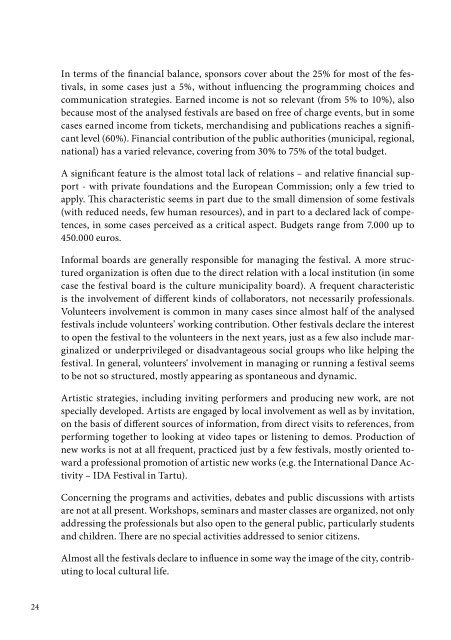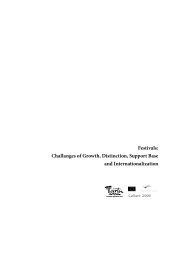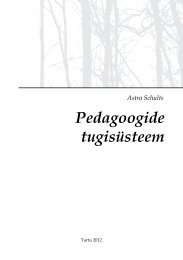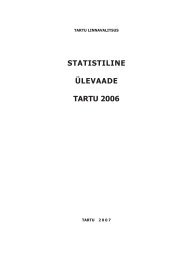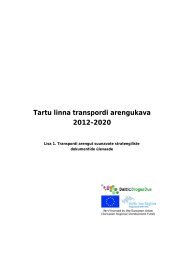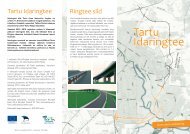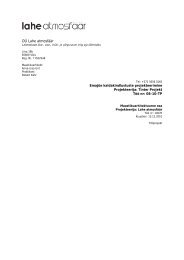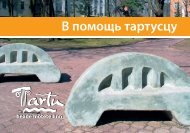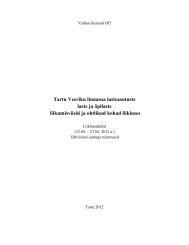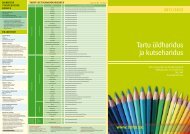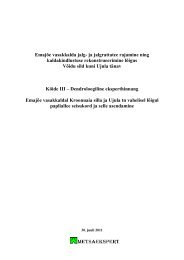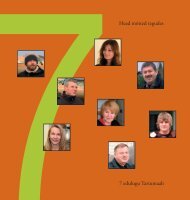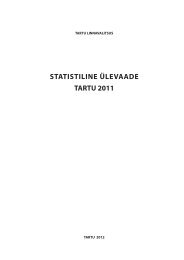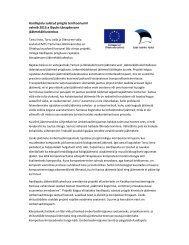Festivals - Fondazione Fitzcarraldo
Festivals - Fondazione Fitzcarraldo
Festivals - Fondazione Fitzcarraldo
Create successful ePaper yourself
Turn your PDF publications into a flip-book with our unique Google optimized e-Paper software.
In terms of the financial balance, sponsors cover about the 25% for most of the festivals,<br />
in some cases just a 5%, without influencing the programming choices and<br />
communication strategies. Earned income is not so relevant (from 5% to 10%), also<br />
because most of the analysed festivals are based on free of charge events, but in some<br />
cases earned income from tickets, merchandising and publications reaches a significant<br />
level (60%). Financial contribution of the public authorities (municipal, regional,<br />
national) has a varied relevance, covering from 30% to 75% of the total budget.<br />
A significant feature is the almost total lack of relations – and relative financial support<br />
- with private foundations and the European Commission; only a few tried to<br />
apply. This characteristic seems in part due to the small dimension of some festivals<br />
(with reduced needs, few human resources), and in part to a declared lack of competences,<br />
in some cases perceived as a critical aspect. Budgets range from 7.000 up to<br />
450.000 euros.<br />
Informal boards are generally responsible for managing the festival. A more structured<br />
organization is often due to the direct relation with a local institution (in some<br />
case the festival board is the culture municipality board). A frequent characteristic<br />
is the involvement of different kinds of collaborators, not necessarily professionals.<br />
Volunteers involvement is common in many cases since almost half of the analysed<br />
festivals include volunteers’ working contribution. Other festivals declare the interest<br />
to open the festival to the volunteers in the next years, just as a few also include marginalized<br />
or underprivileged or disadvantageous social groups who like helping the<br />
festival. In general, volunteers‘ involvement in managing or running a festival seems<br />
to be not so structured, mostly appearing as spontaneous and dynamic.<br />
Artistic strategies, including inviting performers and producing new work, are not<br />
specially developed. Artists are engaged by local involvement as well as by invitation,<br />
on the basis of different sources of information, from direct visits to references, from<br />
performing together to looking at video tapes or listening to demos. Production of<br />
new works is not at all frequent, practiced just by a few festivals, mostly oriented toward<br />
a professional promotion of artistic new works (e.g. the International Dance Activity<br />
– IDA Festival in Tartu).<br />
Concerning the programs and activities, debates and public discussions with artists<br />
are not at all present. Workshops, seminars and master classes are organized, not only<br />
addressing the professionals but also open to the general public, particularly students<br />
and children. There are no special activities addressed to senior citizens.<br />
Almost all the festivals declare to influence in some way the image of the city, contributing<br />
to local cultural life.<br />
24


